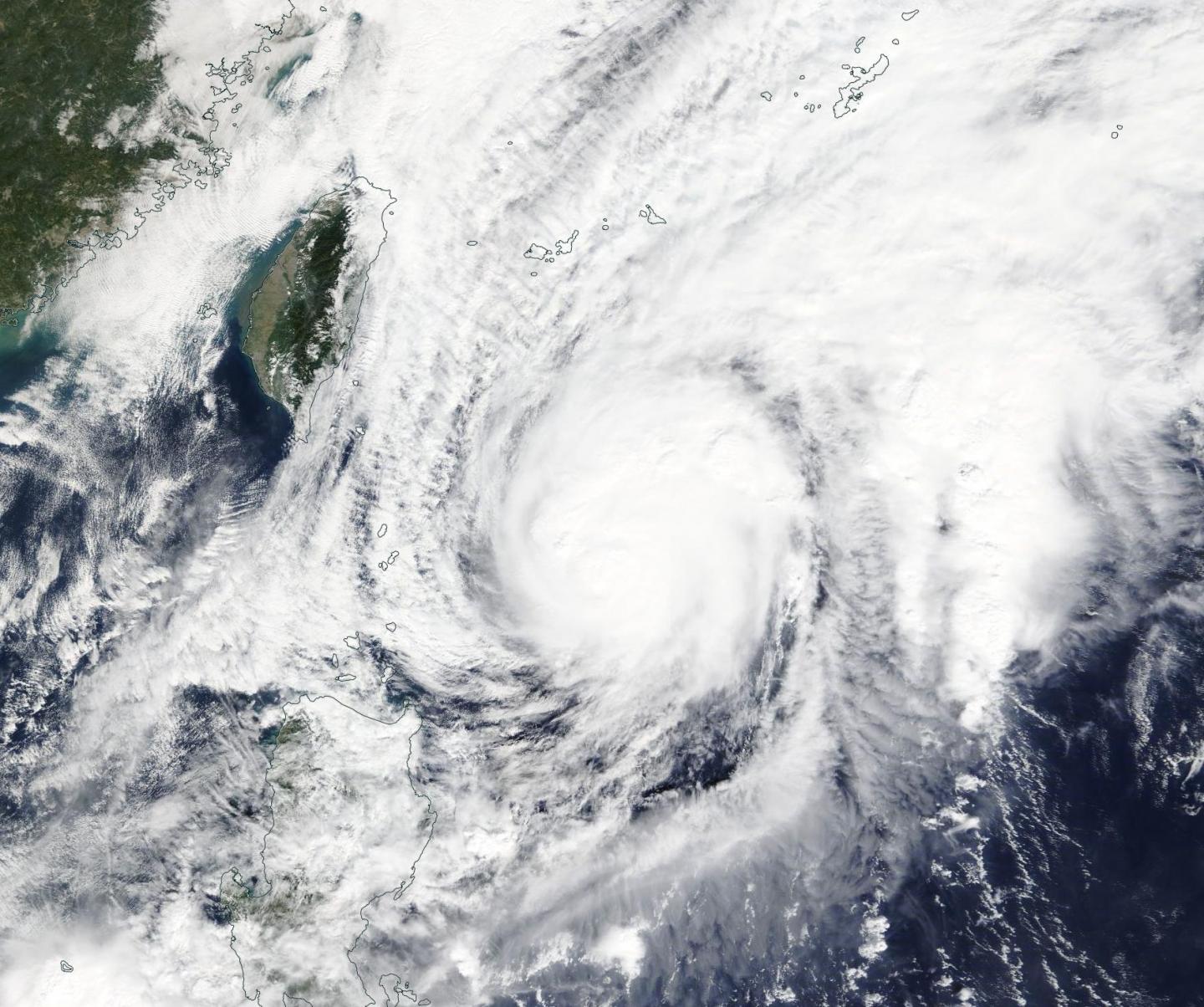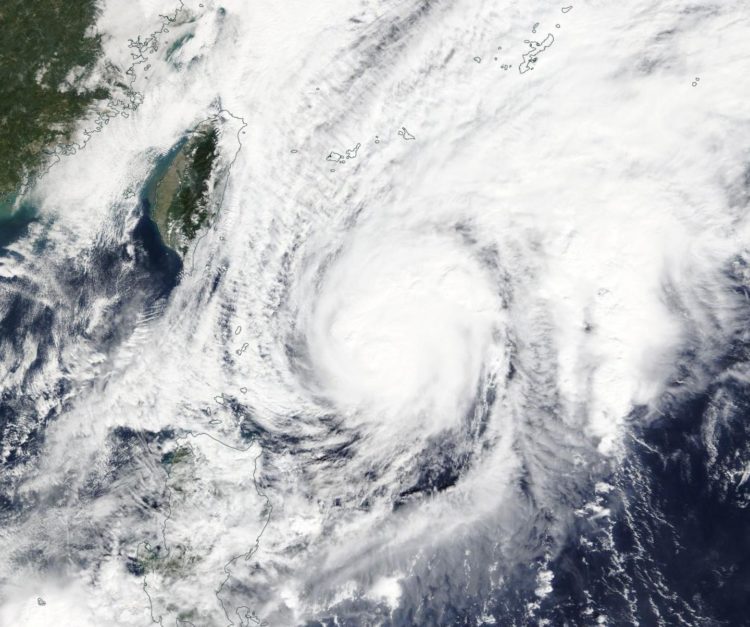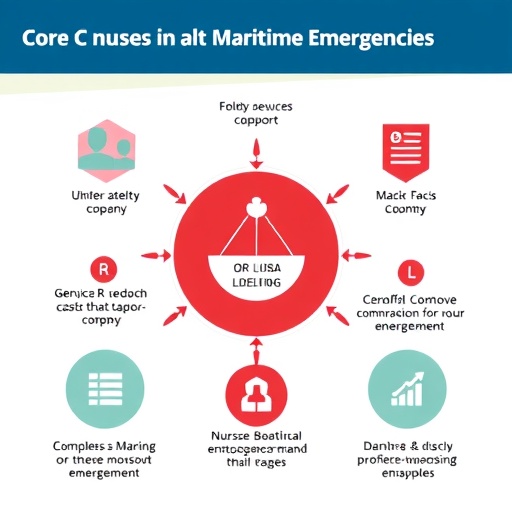
Credit: Credit: NASA Worldview
NASA’s Terra satellite captured an image of Tropical Storm Fung-Wong as it continued weakening in the Northwestern Pacific Ocean.
In the Philippines, tropical cyclone warning Signal #1 was in effect for the Luzon province of Batanes on Nov. 21 as the storm tracks northward and away from the Philippines. The storm is expected to stay to the east of Taiwan and affect the northeastern part of the country.
On Nov. 21, the Moderate Resolution Imaging Spectroradiometer or MODIS instrument that flies aboard NASA’s Terra satellite provided a visible image of Fung-Wong. The MODIS image showed strong thunderstorms around the low-level center of circulation. The Joint Typhoon Warning Center noted, “A microwave image that depicts tight shallow banding wrapping into a defined low level circulation center with deep convection (strong rising air that forms the clouds and storms that make up a tropical cyclone) sheared to the northeast due to strong southwesterly flow aloft.”
At 10 a.m. EST (1500 UTC) on Nov. 21, Tropical Storm Fung-Wong was located near latitude 21.1 degrees north and longitude 124.2 degrees east which is 379 nautical miles south-southwest of Kadena Air Base, Okinawa Island, Japan. Fung-Wong is moving to the north and had maximum sustained winds of 55 knots (63 mph/102 kph).
The Central Weather Bureau of Taiwan issued an “Extremely Heavy Rain Advisory” for the extreme northeastern part of the country. That includes Keelung North Coast, New Taipei City Mountain Area, and the Taipei City Mountain Area and Yilan County.
A Strong Wind Advisory was also issued for Keelung North Coast, New Taipei City, Taoyuan City, Hsinchu City, Hsinchu County, Miaoli County, Taichung City, Changhua County, Yunlin County, Chiayi County, Tainan City, Hengchun Peninsula, Yilan County, Hualien County, Taitung County, Lanyu and Ludao Islands, Penghu County, Kinmen Area, and the Matsu Area.
Fung-Wong is moving north and weakening rapidly.
NASA’s Terra satellite is one in a fleet of NASA satellites that provide data for hurricane research.
Typhoons and hurricanes are the most powerful weather event on Earth. NASA’s expertise in space and scientific exploration contributes to essential services provided to the American people by other federal agencies, such as hurricane weather forecasting.
###
For forecast updates from Taiwan’s Central Weather Bureau, visit: https:/
By Rob Gutro
NASA’s Goddard Space Flight Center
Media Contact
Rob Gutro
[email protected]
Original Source
https:/





